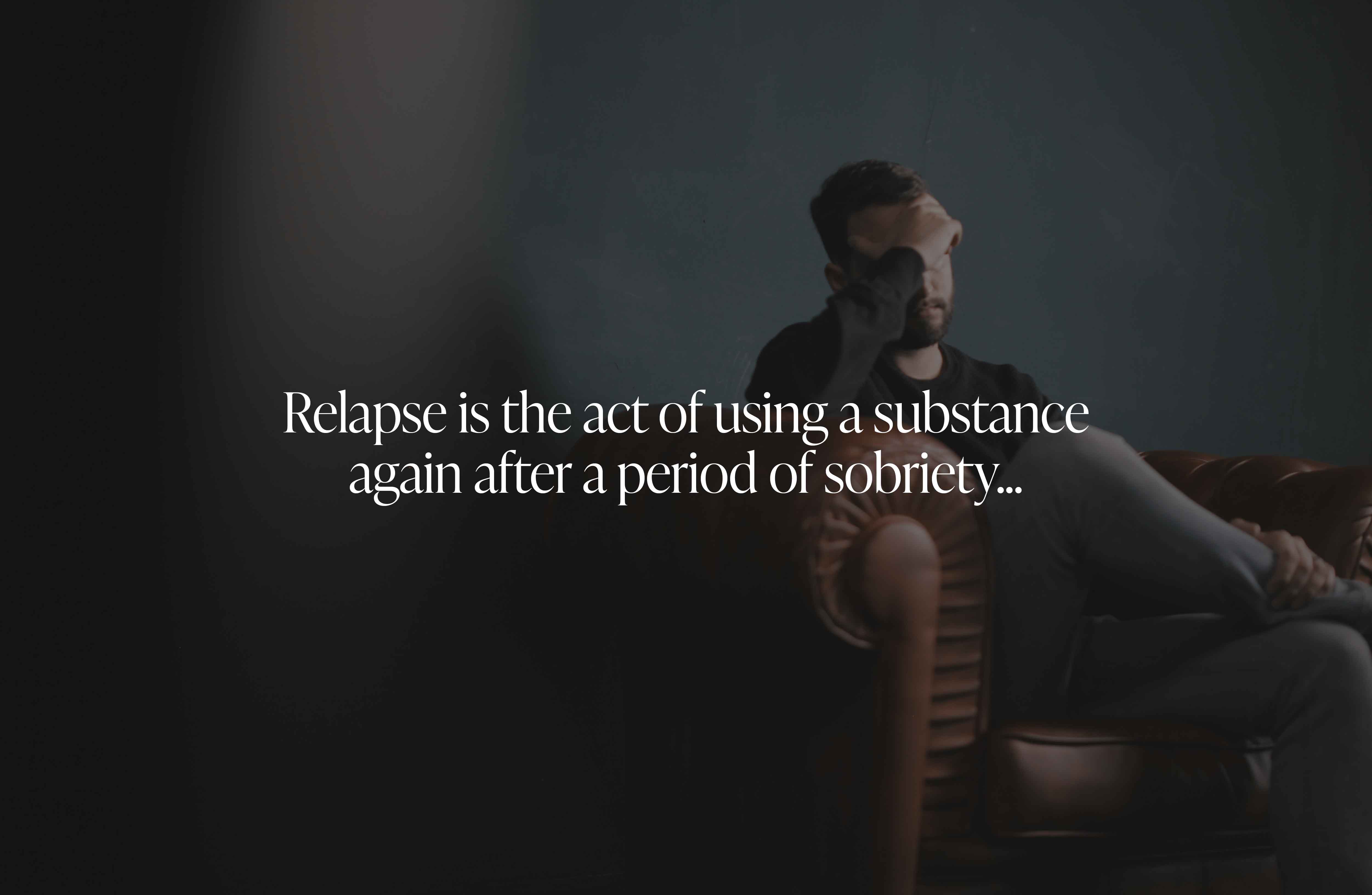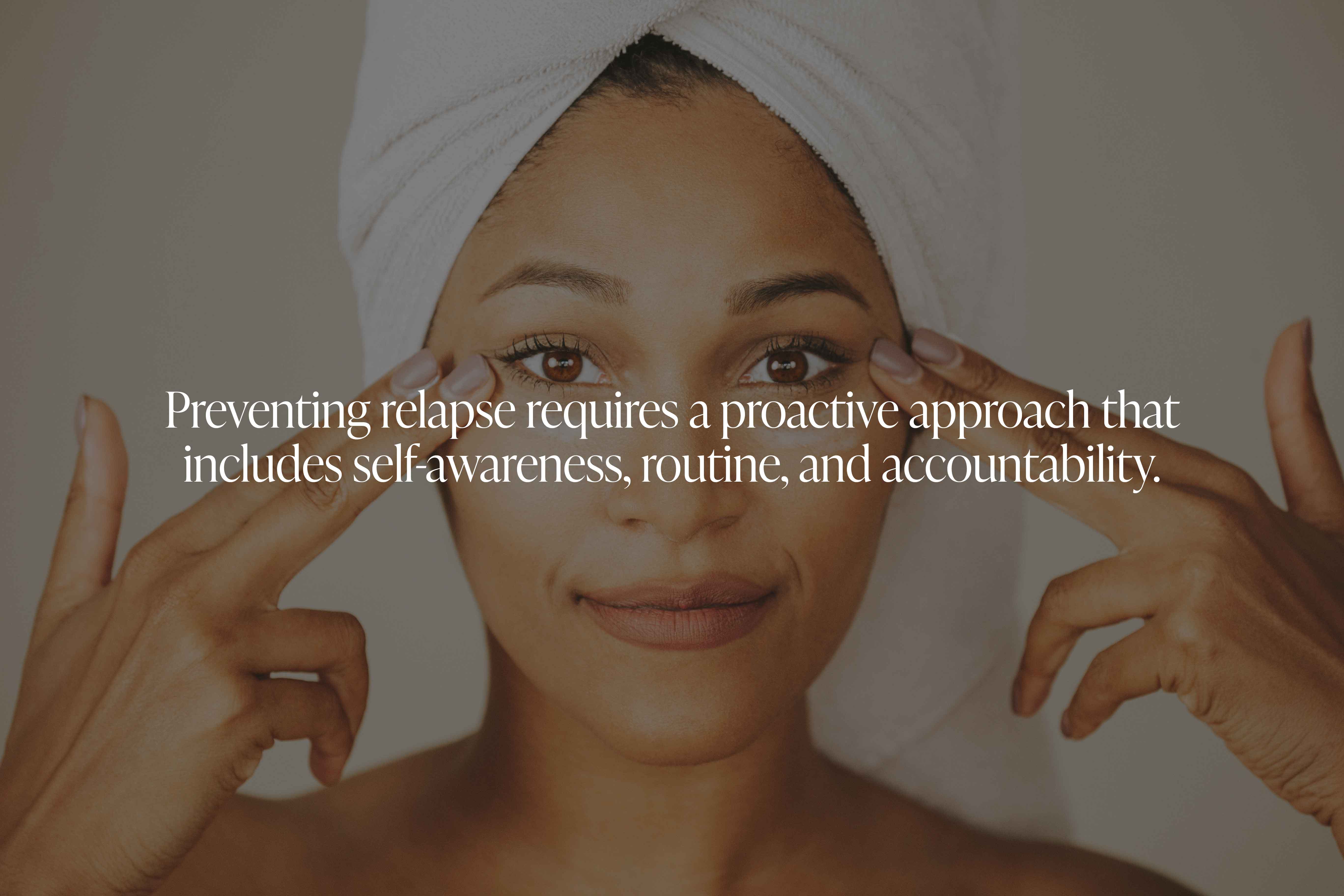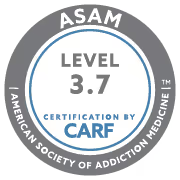Table of Contents
A relapse occurs when a person returns to substance use after a period of abstinence or recovery. It is not a sign of failure, but rather a common and treatable part of the recovery process. Relapse can happen suddenly or gradually, often triggered by stress, environmental cues, or emotional challenges. Understanding what relapse is and how to prevent it can significantly improve long-term recovery outcomes.
What Does It Mean to Relapse?
Relapse is the act of using a substance again after a period of sobriety. In addiction recovery, it is often broken down into three stages:
- Emotional relapse: The person is not thinking about using but begins to feel anxious, isolated, or irritable without addressing these feelings.
- Mental relapse: The individual starts fantasizing about past use, downplaying consequences, or thinking they can control their use this time.
- Physical relapse: The person returns to actual substance use.
Relapse is not uncommon. Studies show that 40% to 60% of people recovering from substance use disorders will relapse at some point. Recognizing the signs early can help prevent a full return to use.

Is Relapse a Sign of Treatment Failure?
No. Relapse does not mean treatment has failed. It signals that adjustments may be needed in the person’s recovery plan. Just like chronic medical conditions such as diabetes or hypertension, addiction requires continuous care and monitoring. A relapse can be used as a learning experience to identify gaps in coping skills or support systems.

What Causes Relapse?
Relapse is often triggered by internal or external factors that create a strong desire to use substances again. Common causes include:
- Stress: Financial issues, work pressure, or family conflict
- Environmental triggers: Being around people, places, or objects associated with past use
- Emotional challenges: Depression, anxiety, loneliness, or boredom
- Overconfidence: Believing you no longer need support or that you can handle “just one use”
Relapse prevention starts with identifying and preparing for these high-risk situations.
How to Prevent Relapse
Preventing relapse requires a proactive approach that includes self-awareness, routine, and accountability. Here are five proven strategies:
1. Identify Triggers
Make a list of people, environments, and emotions that increase your risk of relapse. Create a plan for how to respond or avoid them.
2. Develop a Support System
Stay connected to therapists, sponsors, family members, and recovery groups. Social accountability strengthens your ability to resist temptation.
3. Establish Healthy Routines
Structure your day with positive activities such as exercise, work, hobbies, and regular meals. Idle time often leads to cravings.
4. Practice Stress Management
Use tools like meditation, deep breathing, or journaling to manage stress without turning to substances.
5. Attend Ongoing Therapy or Aftercare
Continued counseling or support groups help maintain mental health and reinforce relapse prevention strategies.
If relapse does occur, reaching out for help immediately can minimize the damage and restart the recovery journey. Learn about tailored solutions on our substance abuse treatment page.

How Benzodiazepines Can Lead to Relapse
People recovering from anxiety disorders may be tempted to return to benzodiazepines like Xanax for relief. This creates a cycle of dependence and increased relapse risk. Understanding the long-term risks is essential. See what are benzodiazepines and why are they prescribed for details.
Opioid Relapse Risks After Detox
Opioid users face a high risk of relapse due to intense cravings and reduced tolerance after detox. A previously normal dose can become lethal after abstinence. To explore treatment options, visit what are opioids and how do they affect the body.
Narcan’s Role in Preventing Fatal Relapses
While Narcan (naloxone) doesn't prevent relapse, it can save lives during one. It reverses opioid overdose and offers a second chance at recovery. Learn how it works in how does Narcan work in overdose situations.
Methadone as a Relapse Prevention Tool
Methadone helps reduce opioid cravings and withdrawal symptoms, making it a powerful relapse prevention aid in medication-assisted treatment. For more, read what is methadone used for in addiction recovery.












